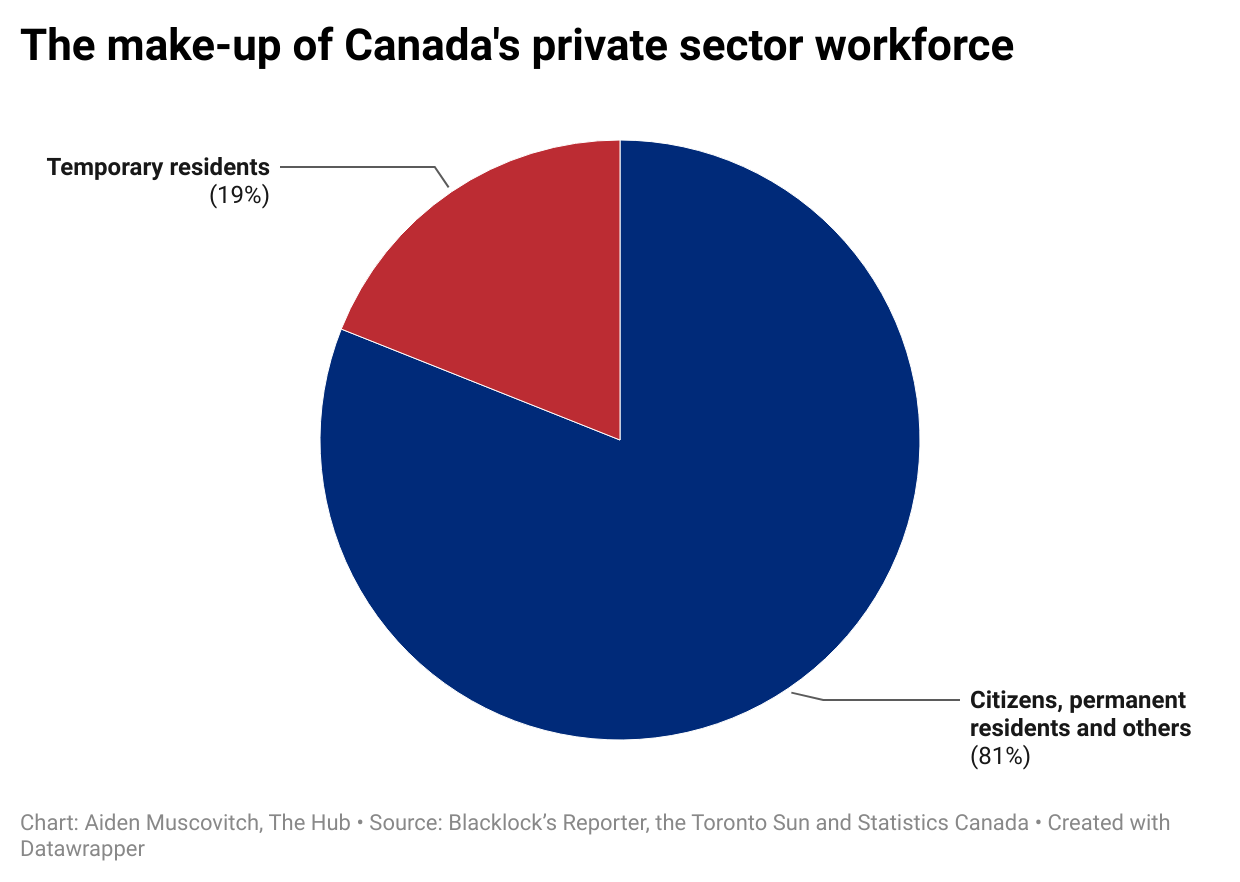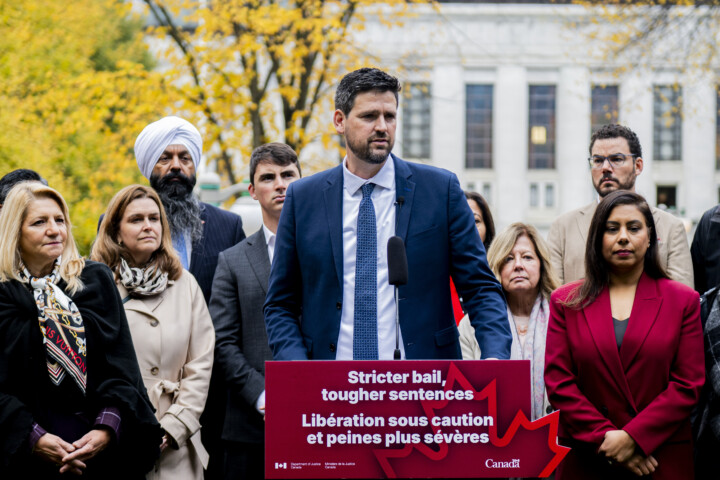Welcome to Need to Know, The Hub’s twice-weekly roundup of expert insights into the biggest economic stories, political news, and policy developments Hub readers need to be keeping their eyes on.
As Canadian youth struggle to find jobs, temporary residents make up the equivalent of one-fifth of the private sector workforce
By Aiden Muscovitch, assistant editor at The Hub
According to a federal immigration department briefing note from early May, revealed by Blacklock’s Reporter, the equivalent of 19 percent of the private sector workforce in Canada consists of temporary residents, such as temporary foreign workers (TFWs).
The government claims that TFWs are meant to “fill temporary jobs when qualified Canadians are not available.” Evidently, the circumstances for that are long gone.
According to the June Labour Force Survey from Statistics Canada, youth unemployment in Canada has reached 14.3 percent, one of the highest rates since the pandemic began. Canadian youth are struggling to find entry-level jobs in the private sector, namely in the service industry.
The numbers provided in the briefing note accounted for just over 3 million temporary foreign residents working in Canada, including approximately 130,000 people who had illegally overstayed their work visas. The note also detailed that there are approximately 1.5 million work permit holders in Canada, which includes 644,000 study permit holders, 164,000 family members without permits, and over 280,000 asylum claimants with work permits.
As previous analysis in The Hub has shown, temporary residents make up approximately 7.2 percent of the population, according to 2024 Statistics Canada estimates, which is nearly triple the 2.5 percent found in the 2021 census.
A recent Leger poll, conducted for the Association for Canadian Studies and the Metropolis Institute, found that approximately 62 percent of Canadians believe the country is currently admitting too many immigrants, more than double the number of people who held that sentiment just six years ago. The poll found that 57 percent of immigrants living in Canada also agree that there are too many new immigrants being let into the country.
These sentiments are likely to continue growing, given that the consensus on immigration and foreign workers as a benefit to the Canadian economy and workforce has continued to degrade.
Is free trade with the U.S. dead?
By Joseph Steinberg, professor of economics at the University of Toronto
President Trump’s long-awaited reciprocal tariffs are finally here. He has inked deals with Japan, Indonesia, and the Philippines that involve tariffs of at least 15 percent, and has sent letters to more than 20 other countries indicating that they will face even higher tariffs on August 1 if they do not reach similar deals. Canada has been threatened with a 35 percent tariff rate—10 percentage points higher than the current rate of 25 percent.
Prime Minister Carney cast doubt on the possibility of reaching a deal without some kind of tariffs, even stating that he may not accept a deal at all if it is not “in the best interest of Canadians.” Ontario Premier Doug Ford is once again calling for retaliatory tariffs that “hit him [Trump] back as hard as we possibly can.”








